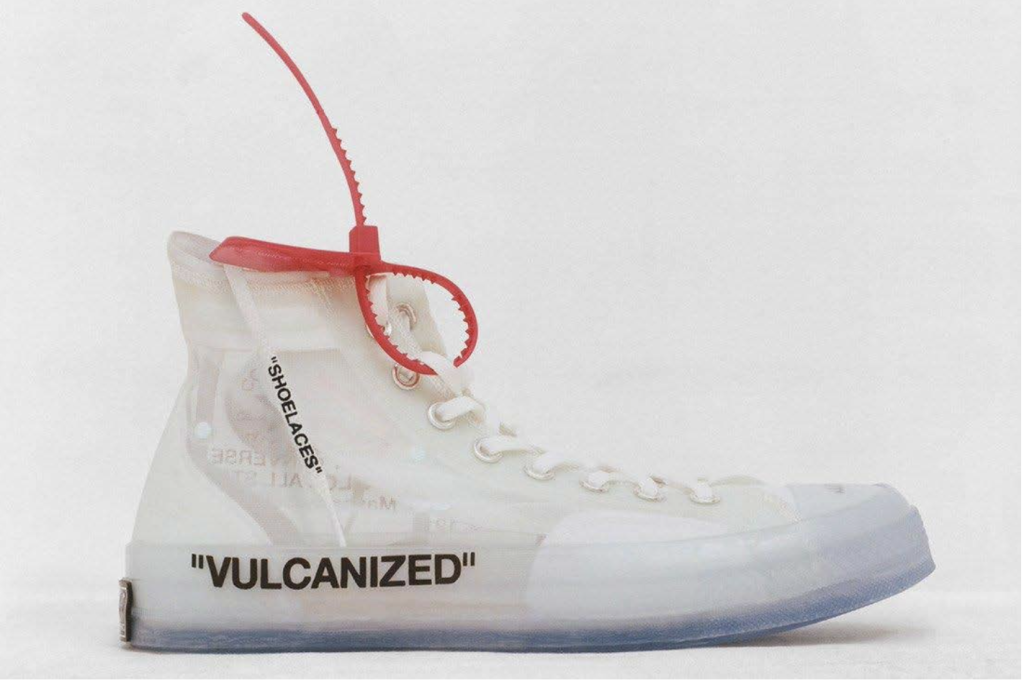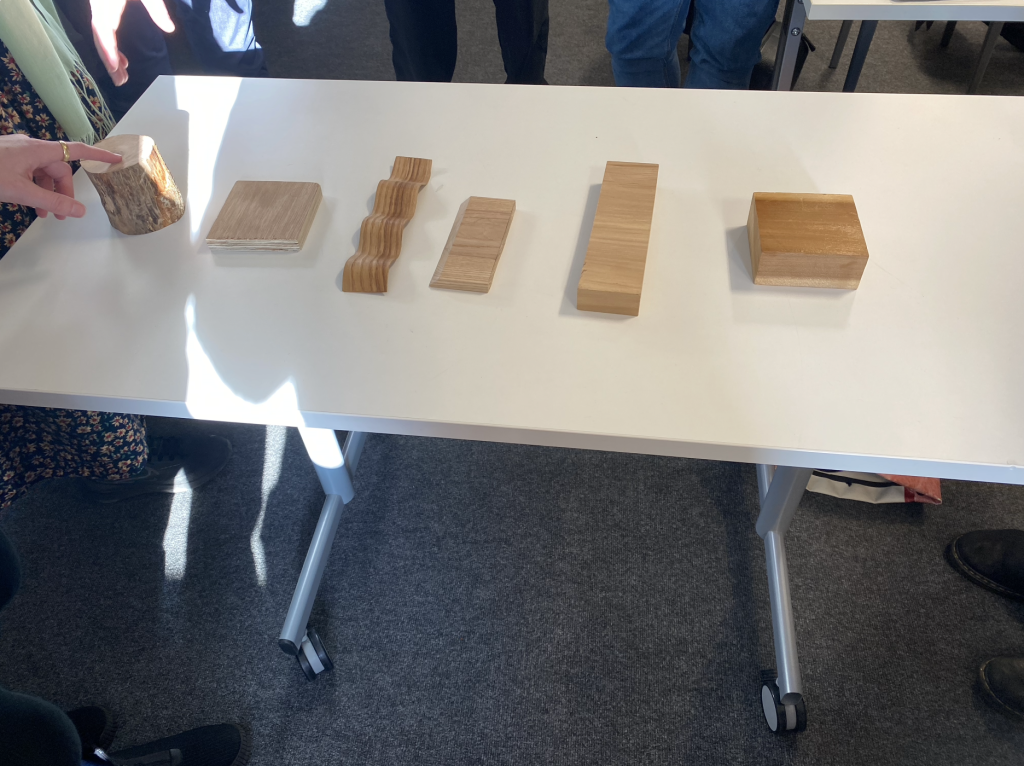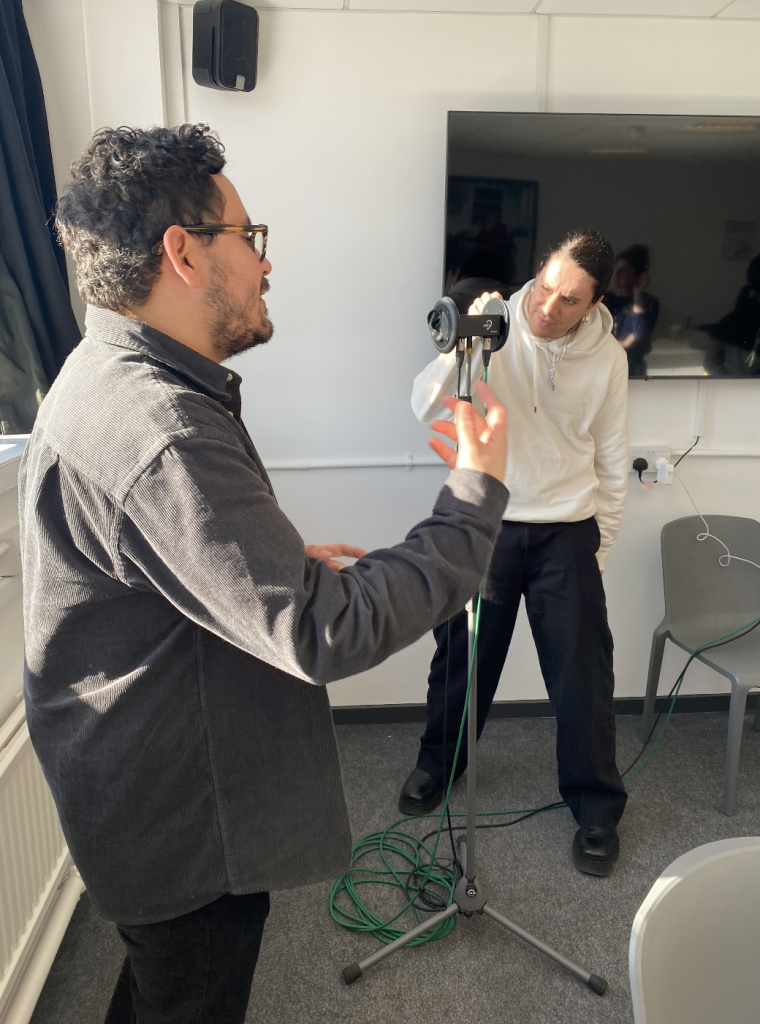Today Lucy Eccles came to observe one of my lesson which marks the beginning of a new project “Brixton” a site specific project for the 3D Spatial CCWF students.
The day went well, with a focus on this week Part II assessments and how to present worksflow along the outcome.
My lesson plan was focused on some “admin” such as workflow but also on how to create a visual board after site observations and getting the key concept from their own observation and not a brief.
As a training for FMP, this project is more self directed and based on what the students would like to design inspired by Brixton or based in Brixton.
It is important that they analyse their pictures taken there and draw their own conclusion or route they would like to work on.
Most of the group was engaged by this activity and responding either by hand drawing or analogue visual board, a lot used digital tool such as miro, procreate or google slides.
The afternoon we went into small group to discuss the visual board and key work, concept or identity aspect of Brixton they though could be intesting for this project.
The aim of the day was to create a visual board and mind map drawn from it that they could build on or respond on Friday through drawing or sketch model.
Some of issue I encountered was perhaps the low level of engagement of some students which for many were focusing on finishing their previous projects or making their portfolio.
I had to remind them that the studio time is an important time to work in group, get feedback and start the project on good understanding basis. But also to share reference, get new ideas and ask questions.
Some students also struggle with their english level which make their engagement difficult with the others and automatically isolate them. That is why I insist that they work visually to enable everyone to participate.
Lucy noticed that many students were going in and out of the studio to get coffee or water without being challenge. I think I should perhaps close the door during the briefing or group discussion and notify students that it is a moment when they have to pay attention and be present.

Reflection on Micro Teaching session
I have based my micro teaching on a image displaying the Virgil Abloh’s Converse Chuck 70 Collaboration.
My choice was based on my teaching at CCWF and how I could introduce the notion of both material design, provenance, material innovation and CMF aswell as semiotics to students aren’t familiar with this term.
From a “everyday” trainer such as a Chuck Converser, Virgil Abloh’s design allows to speak about sourcing material and reflecting on design decision.
I wanted students to express their thoughts and assumptions around the trainer first and to challenge and question their assumptions about the narratives.
During the session
I designed this session as first a exercise of observation and thoughts gathering asking each participants to :
Gather their thoughts about this images
What come to their mind when they see this trainer ?
To think of :
The material
CMF
Designer statement
Who is the type of people who would buy this trainer?
What might have they be doing?
The price of this trainer?
And to think of a narrative about this object
The general enthusiasm was there, many if them did not know who was Virgil Abloh except one trainer aficionado who knew the story of the collaboration and the narrative behind this trainer.
I ran through the responses and ask the person who knew about the story to reveal the narrative.
I also brought the attention about the main word vulcanised and its meaning in term of material process but also its reference to history and human material history.
What does this material means as our relationship to nature, as industrial area and design history.
Feedbacks
The feedbacks were in general good, participants were enthousiast about the tasks and many feedbacks highlight how this example was useful to talk with students about semiotics and bring students to think of the different narrative around a common material such as rubber.
They like the conversational format and how I allowed room to discuss but also celebrating everyone knowledge without disregarding any comments but more using it as a way to open the conversation to talk about all our shoes and to question it fabrication process and design process.
Many pointed how I left room for interpretation and did not fixed the session on the design aspect only.
As a cons, some participants pointed out the fact that I would have been a good idea to bring an object such as a shoe to be in the middle. I have thought to bring a converse but I thought it would have been to simple…
I should bare in mind the impairment of all students therefore I should also solicitate all senses.
The other comments were about the possibilities to bring some other designer perhaps more sustainable and to talk about the sustainability aspect of this design.
I thought perhaps next time I should use a designer such as Helen Kirkrum to finish this session and discuss this idea of post fast fashion or antropocene when it comes to human materials.

Reflection on Lucy Eccles micro teaching
I love the fact that this session was very material based and on conversation about wood and wood work. The session was very free with load of conversation from which Lucy reacted and brought up some insights and learning aspect of wood, its particularities, history and processes.
I love this idea to just gather thoughts from our senses and get to know a material through touch before its provenance or process.
This free format allowed a lot of topics around wood to be talked about and allowed some Core teaching to be in practice ( a new term I learned).
The cons were little perhaps it would have been good to talk about sustainbility and what does it mean to use wood as a core material, what are the recycling route or fairtrade route around this material.

Reflection on Diego Benalcazar micro teaching
This session was very interesting and rich in content. I liked the technical challenge to teach to a group of people totally clueless about technology and how to make it as inclusive as possible.
It sparked a lot of conversations which were lead well by Diego who again did some Core teaching delivering first the technicality about this technology and then allowing some testing time and in person experimentation with the microphone.
Diego did very well in taping in our knowledge of the human body and the existing technologies such as VR and Gaming to explain the back story of how the sound has been recorded and why. The link between human biology, technology and sound industry was fascinating.
The cons, there was sometimes quite a lot of information to process and to digest which could feel heavy for some students who do not have a particular interest in this microphone.
There is also a aspect of inclusiveness that could be a problem as not every students have the same hearing capacity. That something Diego could have precise and note that not everybody would hear the same and might have impair hearing therefore adapt this teaching to this possibility.